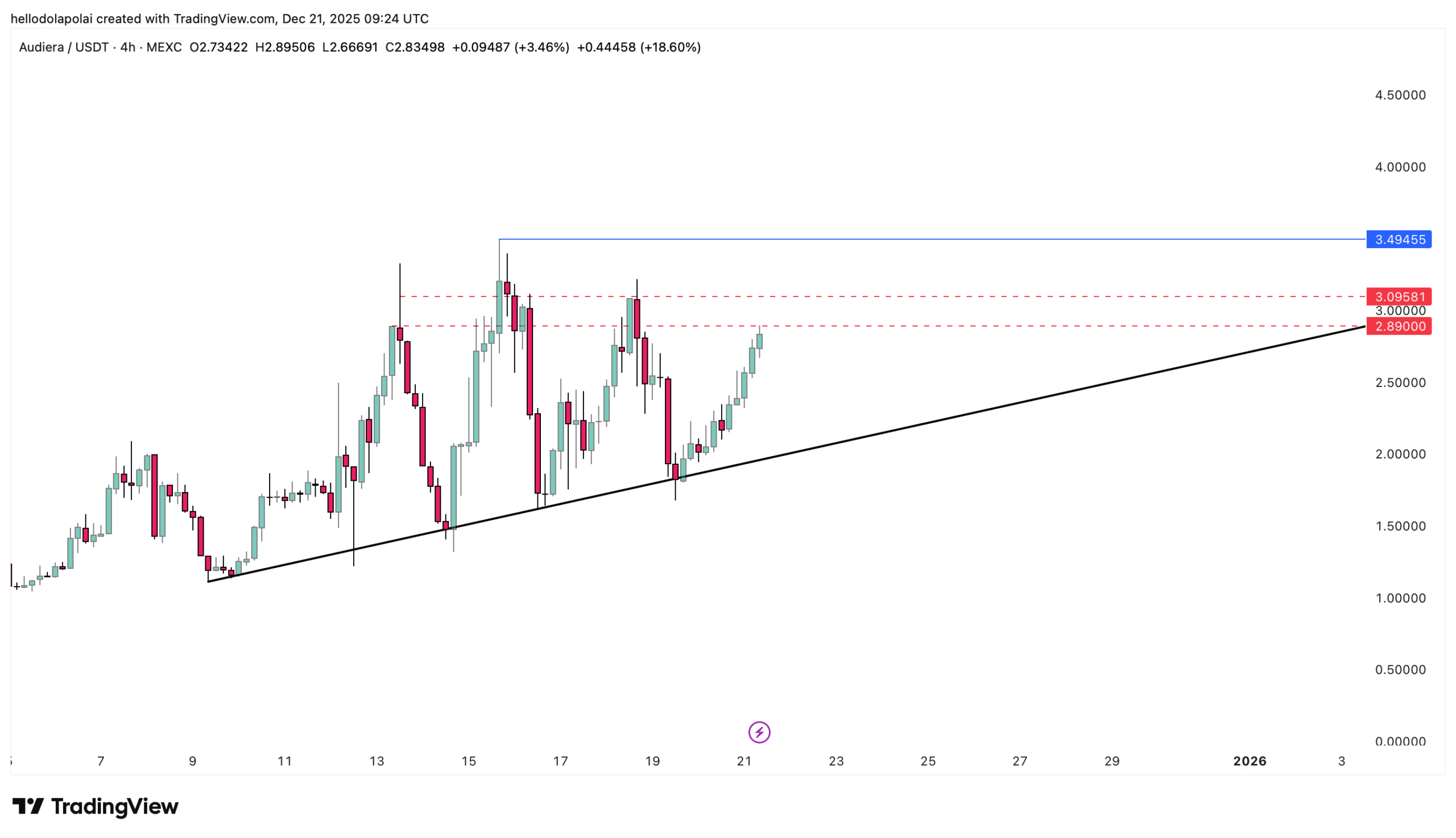S&P Global Brings Stablecoin Risk Scores Onchain Through Chainlink
S&P Global Ratings is bringing its stablecoin stability assessments directly to blockchains through a partnership with decentralized oracle network Chainlink.
The integration allows decentralized finance protocols, smart contracts and financial platforms to access S&P’s risk evaluations of stablecoins in real time., according to a press release shared with CoinDesk.
The assessments score stablecoins from 1 to 5 based on their ability to maintain a stable value relative to fiat currencies.
They factor in asset quality, liquidity, redemption mechanisms, regulatory status and governance. S&P currently evaluates 10 stablecoins, including USDT, USDC and Sky Protocol’s USDS/DAI.
Unlike credit ratings, the assessments are designed to measure operational and structural stability. By placing them onchain, DeFi platforms can reference S&P’s risk assessments automatically, without offchain data feeds or manual updates.
The service uses Chainlink’s DataLink infrastructure, which allows traditional data providers to publish to blockchains without building new systems. The data will initially launch on Base, an Ethereum layer 2 network, with further expansions based on demand.
The move comes as the stablecoin market hit $305 billion in capitalization, up from $130 billion a year earlier, according to data from DeFiLlama.
S&P Global has increased its activity in the crypto space since 2021, launching crypto indices and issuing risk assessments for tokenized funds and DeFi protocols. Its first-ever credit rating to a DeFi protocol was assigned back in August.
Disclaimer: The content of this article solely reflects the author's opinion and does not represent the platform in any capacity. This article is not intended to serve as a reference for making investment decisions.
You may also like
DTCC and JPMorgan just set the on-chain schedule, but the pilot relies on a controversial “undo” button
BEAT heats up, rallies 30%! A key level stands before Audiera’s ATH

Trending news
MoreDTCC and JPMorgan just set the on-chain schedule, but the pilot relies on a controversial “undo” button
Bitget Daily Digest (Dec.22)|The U.S. House of Representatives Is Considering a Tax Safe Harbor for Stablecoins and Crypto Staking; Large Token Unlocks for H, XPL, SOON, and Others This Week; BTC RSI Near a 3-Year Low
